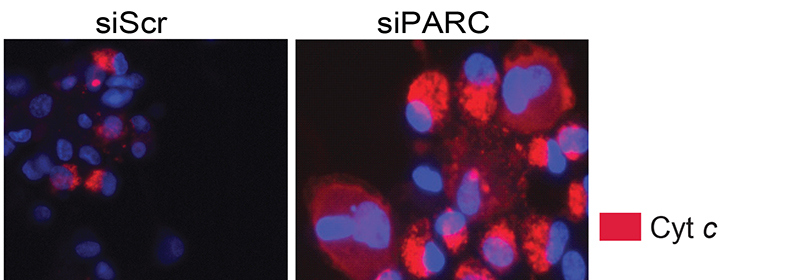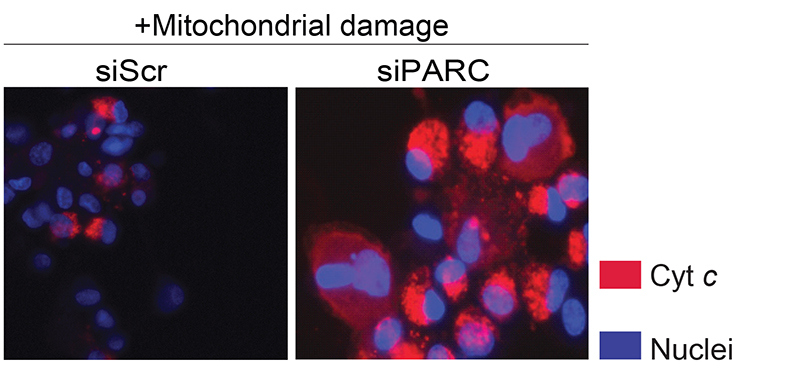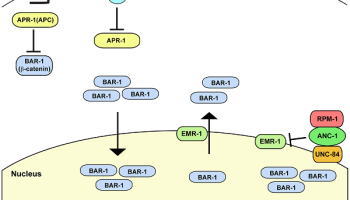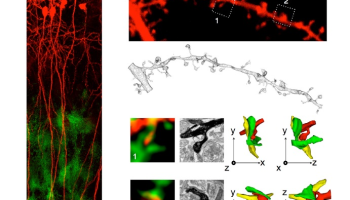Neurons, brain cancer cells require the same little-known protein for long-term survival.

Researchers at the UNC School of Medicine have discovered that the protein PARC/CUL9 helps neurons and brain cancer cells override the biochemical mechanisms that lead to cell death in most other cells. In neurons, long-term survival allows for proper brain function as humans age. In brain cancer cells, though, long-term survival contributes to tumour growth and the spread of the disease.
These results not only identify a previously unknown mechanism used by neurons for their much-needed survival, but show that brain cancer cells hijack the same mechanism for their own survival. The discovery will lead to new investigations of brain cancer treatments and provides insight into Parkinson’s disease, including a potential new research tool for scientists.
PARC is very similar to Parkin, a protein that’s mutated in Parkinson’s disease. The team theorise that they work in tandem to protect neurons. If so, researchers can investigate the interplay between these proteins to create better drugs to treat the second-most prevalent neurodegenerative disease after Alzheimer’s disease.
First the team used external stimuli to promote the damage of mitochondria, the energy sources for cells. In most cell types, when mitochondria are damaged, they release a protein called cytochrome c, which triggers a cascade of biochemical steps that end in cell death, a process known as apoptosis. Working with neurons, though, the group found that the protein PARC/CUL9 blocked this process; it degraded cytochrome c, halted apoptosis, and allowed for long-term cell survival.
In Parkinson’s disease Parkin targets damaged mitochondria for degradation. However, exactly what happens to the proteins, such as cytochrome c, that are released from the damaged mitochondria has been unknown. Now, researchers think PARC plays a role in this process.
The work could lead to an alternative way to study Parkinson’s disease. Other researchers have created mouse models that lack the Parkin gene, but these models don’t have many of the hallmark symptoms that human patients have, making the model less than desirable for researchers. The hypothesis is that in the absence of Parkin, PARC still does the job as it may allow cells to survive.
The team are now creating a model that lacks both the Parkin and PARC genes. They will also investigate PARC as a target for cancer treatment. The group have tested several cancer cell lines and found that PARC degrades cytochrome c in medulloblastoma, a cancer of the central nervous system and in neuroblastoma, a cancer of the peripheral nervous system. Not all cytochrome c is degraded; there are likely other factors involved. But PARC is an important player.
When the team triggered the apoptotic process in brain cancer cells, they found that PARC allowed the cells to survive. When PARC was inhibited, the cells were more vulnerable to stress and damage, which means they could be more vulnerable to compounds aimed at destroying them.
The team show that brain cancer cells co-opt PARC to bypass apoptosis in the same way that neurons do and for the exact same purpose.
Source: UNC Health Care and UNC School of Medicine

In brain cancer cells, the protein PARC plays a key role in long-term cell survival. In both images, the red represents the protein cytochrome c, which is released when mitochondria are damaged and trigger apoptosis – cell suicide. At left, injured brain cancer cells exhibit little cytochrome c; they use the protein PARC to degrade the released cytochrome c, allowing the cancer cells to survive. At right, when researchers reduced PARC, cytochrome c accumulated, allowing apoptosis to carry on.





That was stimulating . I like your style that you put into your writing . Please do move forward with more like this.
LikeLike